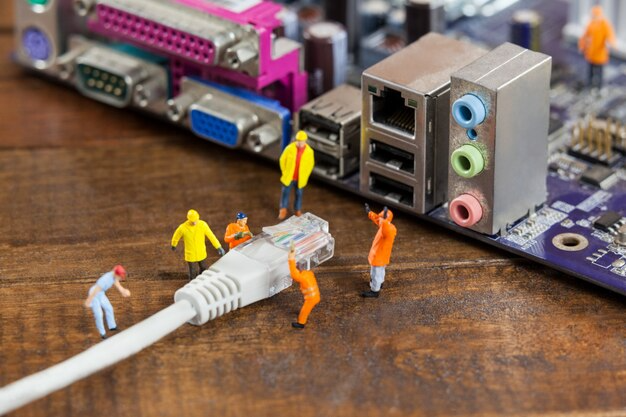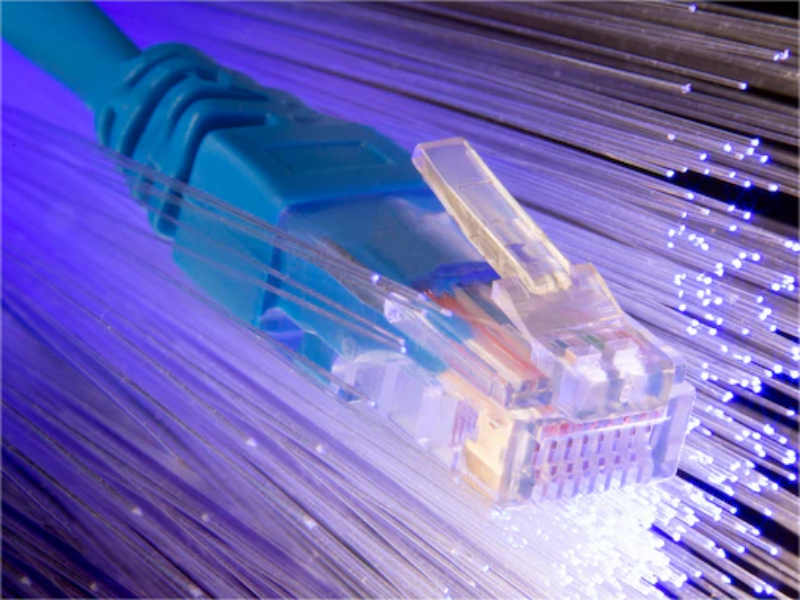- Ethernet networks commonly use twisted pair cables, such as Cat5e, Cat6, and Cat6a.
- Fiber optic cables are also used for high-speed, long-distance connections.
Ethernet networks are essential for connecting devices and ensuring efficient communication in various settings, from homes to large enterprises. The choice of cable type significantly impacts network performance, speed, and reliability. This blog explores the common cable types used in Ethernet networks and their specific applications.
Types of cables used in ethernet networks
Ethernet networks typically use twisted pair and fiber optic cables. Each type has distinct advantages based on network needs and distances.
Twisted pair cables
Twisted pair cables are the most widely used for Ethernet networks. They consist of pairs of copper wires twisted together to reduce interference and crosstalk. Twisted pair cables come in several categories:
- Cat5e (Category 5e): An enhancement of the original Cat5 standard, Cat5e cables support speeds up to 1 Gbps (Gigabit Ethernet) and are suitable for most home and small office networks. They are effective for distances up to 100 meters and offer good performance for standard applications.
- Cat6 (Category 6): Cat6 cables support speeds up to 10 Gbps over distances up to 55 meters. They provide better performance and reduced interference compared to Cat5e, making them ideal for environments requiring higher bandwidth and better signal quality.
- Cat6a (Category 6a): An advanced version of Cat6, Cat6a cables support 10 Gbps speeds over longer distances of up to 100 meters. They offer improved shielding and reduced crosstalk, making them suitable for demanding network environments.

Fiber optic cables
Fiber optic cables are used for high-speed, long-distance connections. They transmit data as light signals through glass or plastic fibers, offering several benefits:
- Single-mode fiber (SMF): Designed for long-distance communication, single-mode fiber can transmit data over many kilometers with minimal signal loss. It is used in backbone networks and telecommunications, supporting high-speed data transfer across large distances.
- Multi-mode fiber (MMF): Multi-mode fiber is used for shorter distances, such as within buildings or data centers. It supports high bandwidth but is limited to shorter ranges compared to single-mode fiber. Multi-mode fiber is suitable for internal network connections where high data rates are needed over shorter distances.
Also read: Ethernet dedicated lines vs. wireless networks – Blue Tech Wave Media
Choosing the right cable type
The choice between twisted pair and fiber optic cables depends on various factors, including required speed, distance, and network environment. For most standard applications, twisted pair cables (Cat5e, Cat6, Cat6a) offer sufficient performance and reliability. For high-speed and long-distance connections, fiber optic cables are preferred due to their superior performance and minimal signal degradation.
Also read: EthERNet develops advanced educational technology in Ethiopia
In summary, Ethernet networks commonly use twisted pair cables like Cat5e, Cat6, and Cat6a for standard networking needs. These cables provide reliable performance for most home and office environments. For high-speed and long-distance connections, fiber optic cables are the optimal choice, offering excellent performance and minimal signal loss. Understanding the differences between these cable types helps ensure you select the appropriate solution for your networking requirements, enabling efficient and effective communication within your network.

